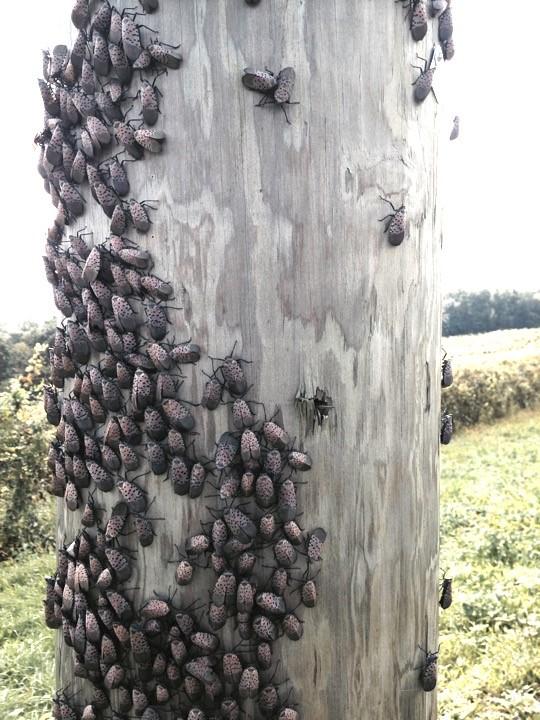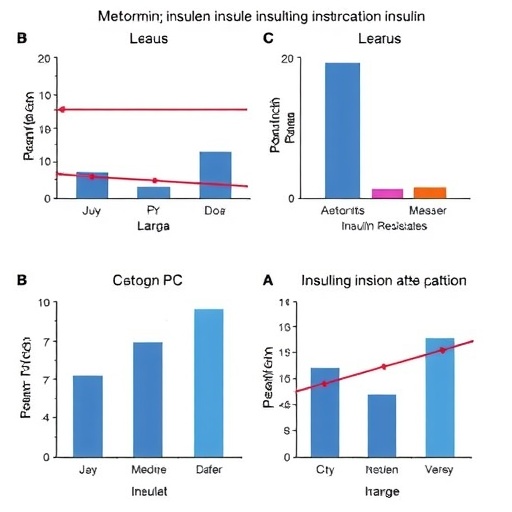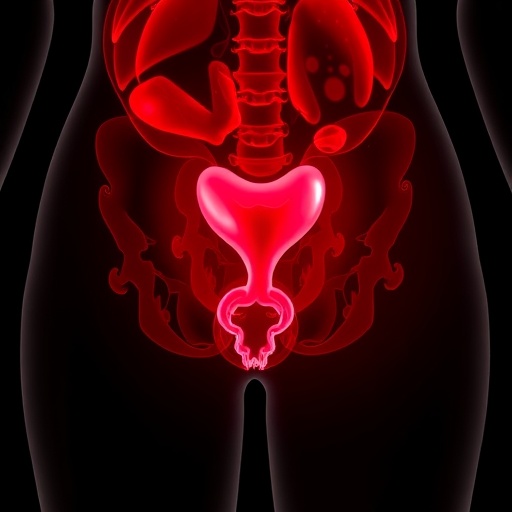
Credit: Andrew Myrick, Penn State
UNIVERSITY PARK, Pa. — Like moths to a flame, spotted lanternflies are visually drawn toward and seemingly captivated by vertical objects such as utility poles, a behavior that could be valuable in predicting where the pests might be heading, according to entomologists in Penn State’s College of Agricultural Sciences.
Research from the laboratory of Tom Baker, recently published in the Journal of Insect Behavior, is laying the foundation for future strategies to monitor and possibly trap the invasive insect from Asia, which first was found in North America in Berks County, Pennsylvania, in 2014. The planthopper now is confirmed in 34 Pennsylvania counties and several surrounding states.
These findings show that telephone poles attract flight-dispersing spotted lanternflies, which are visually drawn to turn and land on the poles when they are less than about 10 feet away. They remain on the pole for many minutes, even hours, while crawling up toward the top to try to take flight again.
However, a large proportion of those launching themselves from the pole are drawn back to the pole, which serves as a sort of “visual magnet” from which the insects cannot escape for a while. The pole thus attracts and retains a large proportion of the lanternflies that are drawn to it.
“The spotted lanternfly feeds on more than 70 plant species, making it a great concern to U.S. tree-fruit and grape growers, as well as to the forest products industry,” said Baker, distinguished professor of entomology and chemical ecology.
“Understanding the how and why of its flight capabilities and its attraction to stimuli from the environment can help us better exploit these behaviors to assess, and possibly thwart, future threats from this pest.”
This latest study is an offshoot of experiments on the insect’s flight behaviors and dispersal patterns led by Baker and his colleagues Andrew Myrick, assistant research professor of entomology, and Michael Wolfin, postdoctoral research associate.
Their flight-dispersal research efforts began during late summer and early fall in September and October of 2017 and 2018 at a fruit farm near Oley and at Dorney Park in Allentown. Both locations had been severely affected by spotted lanternfly infestations.
Baker’s team had found that, in the lanternflies’ apparent quest to find new sources of food to complete their development and then mate, they will fly onto and crawl to the top of the nearest vertical surfaces — including inanimate objects such as buildings and telephone poles and host and nonhost plants — and launch themselves into the wind.
Because lanternflies cannot generate much lift, only thrust, their normal flight paths conform to gradually descending, straight-line trajectories in which they are able to traverse usually only 30 to 150 feet over the ground before landing.
Baker reported that their landing sites are indiscriminate with respect to species of trees, bushes and inanimate objects. “The lanternflies’ forced landings on the ground due to insufficient lift are indiscriminate, too,” he said.
An exception to the typical low-to-the-ground flights occurs on days with high temperatures and rising air currents, allowing the low-flying lanternflies to be lifted to higher altitudes, with the now high-flying adults being transported downwind for perhaps thousands of yards.
It is on such occasional late-summer days during the past few years when huge swarms have been deposited by the tens of thousands — much to the alarm of the human population — in shopping center parking lots, gas stations, and industrial and residential areas within heavily infested regions, Baker pointed out.
However, he said that the pest’s typical, low-to-ground flight coupled with its visual attraction to tall vertical objects may provide an effective and inexpensive way to monitor and even trap the insect.
“Telephone poles, which are plentiful and visible from the roadway, could be used by field scouts to document the presence or absence of spotted lanternfly by driving along and examining the poles at designated intervals,” said Baker, who also suggested the possible use of poles as “attract-and-kill stations” to protect designated areas.
Despite the importance of these natural flight-dispersal abilities, a method of travel for the lanternflies that citizens should be very concerned about is human transport of adults and egg masses via trains, trucks and recreational vehicles, noted Baker.
“People who are traveling through, or residing in, an area affected by spotted lanternfly should check their vehicles and items they are transporting before leaving to ensure they are not carrying these unwanted hitchhikers to new locations,” he said.
###
Yanchen Wang, former visiting doctoral student from Northeast Forestry University in Harbin, China, also contributed to the study, which received funding from the U.S. Department of Agriculture’s Animal and Plant Health Inspection Service.
Media Contact
Sara LaJeunesse
[email protected]
Original Source
https:/
Related Journal Article
http://dx.




